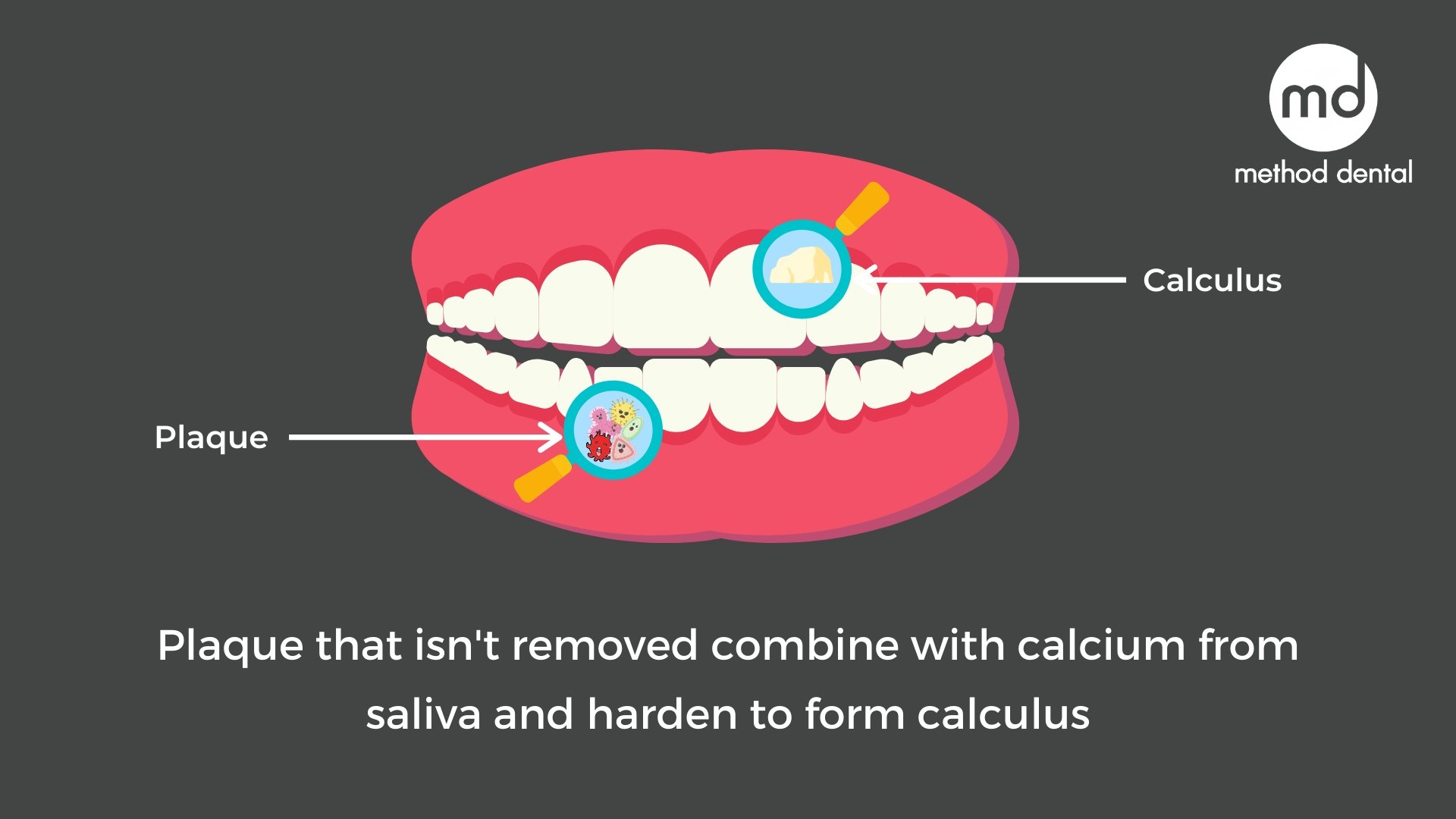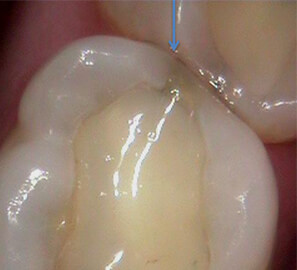

While visiting a dentist is the best way to eliminate tartar, you can also remove it at home without a dentist. Tartar and its precursor, plaque, are both detrimental to your dental health, so it’s essential to keep them at bay. For example, according to the Department of Health and Human Services report, gum disease caused by tartar accumulation increases the risk for stroke, heart disease, and diabetes. When left unaddressed, tartar can also lead to other health issues. Other signs include chronic bad breath, gum disease, cavities, gingivitis, tooth sensitivity, and bleeding and irritated gums. When tartar builds up below the gum line, it may be black or brown and may lead to periodontal disease, bone loss, receding gums, and tooth loss. When tartar appears above the gum line, it may be brown, tan, or yellow and often grows to cover larger areas of the teeth when not removed. Tartar makes your teeth feel rough to the touch and cannot be dealt with by brushing alone. You’ll most likely notice the signs of tartar buildup by how your teeth feel.

Signs of tartar buildup and how it impacts your oral health Moreover, it can invade below your gum line, coat your teeth exterior, and wreak havoc on your dental health.

It is porous, so food and drinks can easily stain it, thus making your teeth unattractive. Tartar accumulates on the backs and fronts of teeth and between teeth. Tartar, also known as dental calculus, is the buildup of plaque and minerals from your saliva that calcify (harden) on teeth. In this YouTube edition, we’ll discuss what tartar is, how you can prevent its buildup, and remove it without a dentist. Who doesn’t wish an at-home oral health routine would be enough for perfectly white teeth? Unfortunately, for issues like tartar buildup, your daily oral care routine is just part of the equation.


 0 kommentar(er)
0 kommentar(er)
